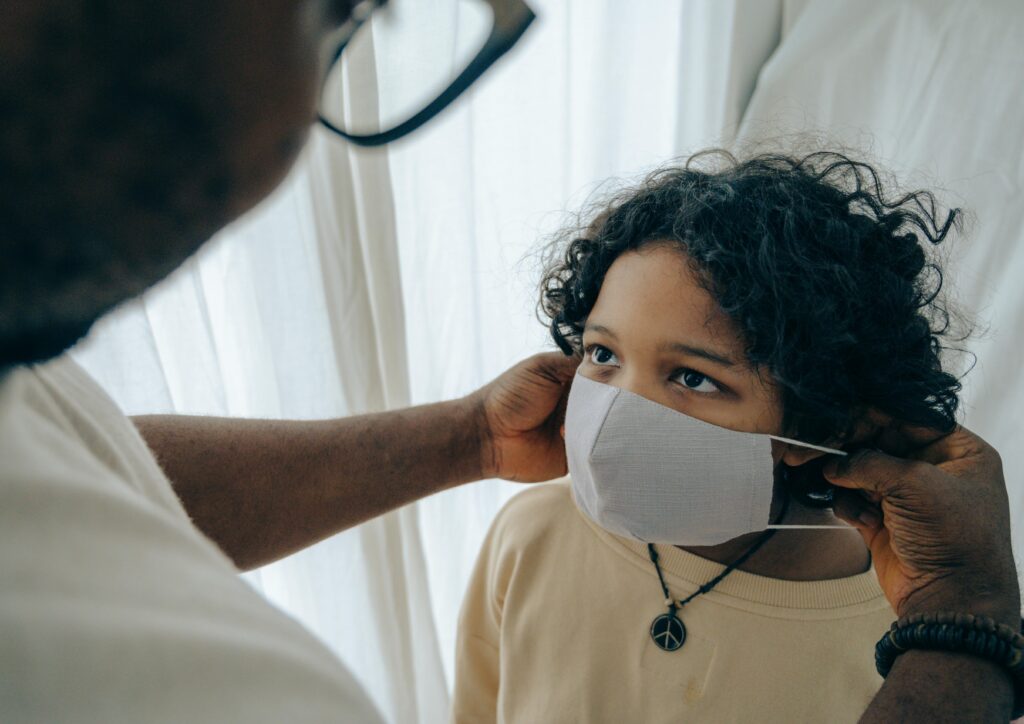By Dan Neuls MA, RPsych, Clinical Coordinator at Wood’s Homes

After reading blog posts written by my colleagues in acknowledgement of the 2024 Mental Health Awareness Month, I was struck not just by the well-articulated content but also by the date May 2024. It was just over four years ago, in March 2020, when a global pandemic started to change, mold, and dare I say “pivot” mental health supports. Further reflection resulted in more specific thoughts about what has not changed, what has changed, and work still being done to support mental wellness in the aftermath of a global pandemic. It is true that any of us could write volumes about this experience, but for the purpose of wrapping up mental health month, I thought I would offer three short reflections. I invite you to do your own reflections as well, and hope we continue this conversation – well beyond the month of May.
- Mental wellness is hard to achieve and can be very fragile.
- What didn’t change?
People’s ability to achieve and maintain good mental health was inhibited by many factors that were often out of their control. Related to a pandemic or other reasons, people do not choose to loose their jobs, to suffer physical ailments, to grieve the loss of important relationships, or to experience other hardships in life…they just happen and are usually unwelcome. The pandemic provided an unfortunate example of the mental health impact of several of these occurring in a short timeframe.
- What did change?
The flexibility and adaptability of mental health supports to reach people who were vulnerable and in need was the first and most obvious reflection I had. The more I thought about it, the more I thought about the stories of individual resilience, strength, and perseverance that often emerged out of stories that started with vulnerability and fragility. I am awestruck by what some people can do by themselves and/or for themselves despite challenging circumstances that often include difficult mental health experiences.
- What still needs work?
Most Wood’s Homes programs have incorporated strength based and/or solution focused approaches to mental health support strategies for years, but there is always room to consider giving more space to the kinds of support that nurtures and maintains mental wellness as much as it supports acute mental health crisis. Both are needed. Mental health professional or not, maybe we can all take time to express our appreciation for the efforts people make to live their best lives – despite challenging circumstances. If a small effort to nurture existing wellness in others provides even the smallest amount of protection against future ill health, wouldn’t that be enough reason to try?
- Taking care of those who take care of others is taking care everyone.
- What didn’t change?
The health professionals, parents, family members, friends, and concerned community members who take up the challenge to support people with mental health struggles continued to do that during the pandemic in even larger numbers. It is also true that the often negative impact experienced by individuals offering support was even more pronounced during the pandemic and continues to have residual effects even now.
- What did change?
I think that there was increased recognition of the short- and long-term impacts for those who were on the front line of mental health support. Supports for people in a client’s everyday world (family and friends for example) are more likely to be considered as part of interventions or treatment. Similarly, we are more likely to consider the emotional and physical safety of health professionals when designing and/or modifying services. An example of this at Wood’s Homes might be how every staff member gets training in the Before Operational Stress (BOS) model which is designed to help staff understand and manage the stress associated with their work.
- What still needs work?
We have a collective responsibility to continue to remove the stigma associated with mental illness so that families and friends are more likely to reach out for their own support. This will also help mental health professionals to be less hesitant to seek support for things like vicarious trauma and operational stress. Continuing to use supportive language that reduces mental health stigma will go a long way. Validating and normalizing people’s difficult experiences with mental health is still a powerful tool when combating stigma. Caring for caregivers needs to move beyond a best practice until it is an essential practice.
- The pursuit of mental wellness is not equitable.
- What didn’t change?
In many cases. the pandemic illuminated how people with one or several intersecting determinants of health (i.e. race, gender, sexual orientation, indigeneity, income, etc.) still face greater challenges in achieving and maintaining good overall health including mental health.
- What did change?
Service creation and/or redesign involves increased acknowledgement and consideration of the barriers faced by certain groups of people seeking mental wellness. The creation and/or evolution of system navigation services, in-house Indigenous initiatives, and a commitment to an ethnocultural approach at Wood’s Homes’ Eastside Community Mental Health Services are just a few examples of this.
- What still needs work?
Using knowledge gained about social determinants of health, indigenous allyship, cultural responsiveness, and intersectionality to guide more of our decisions about mental health support.
In summary, I’m excited to see us having this conversation in the name of mental health awareness this month. Given that these are but a few examples of the many experiences, learnings, and new directions being taken in mental health that have emerged since the pandemic, we will for sure need to keep the conversation going not just this month, but every month.




